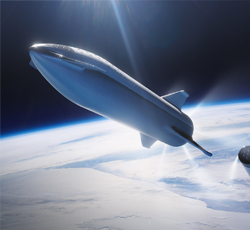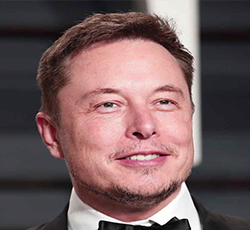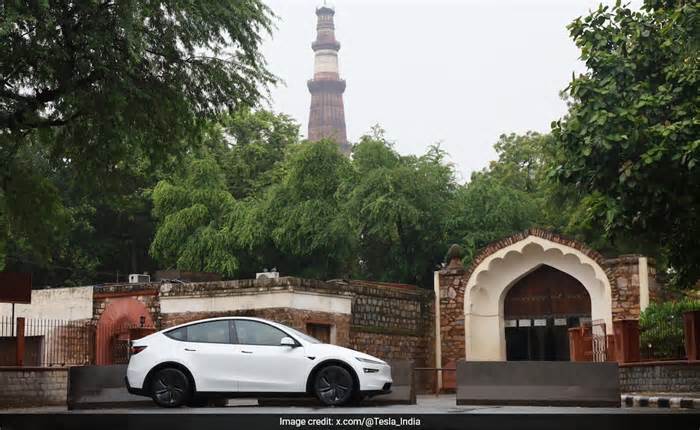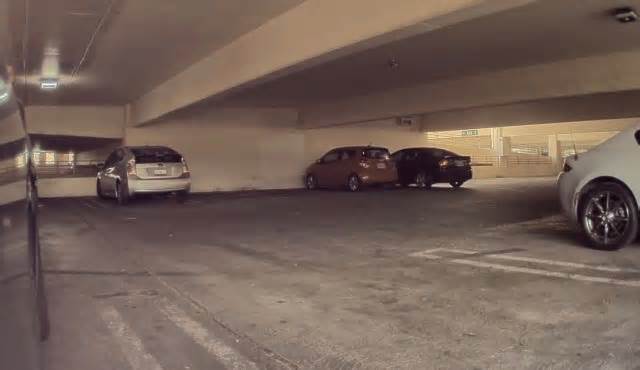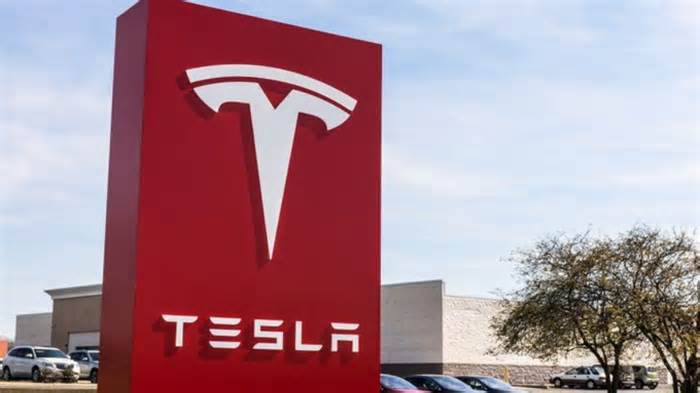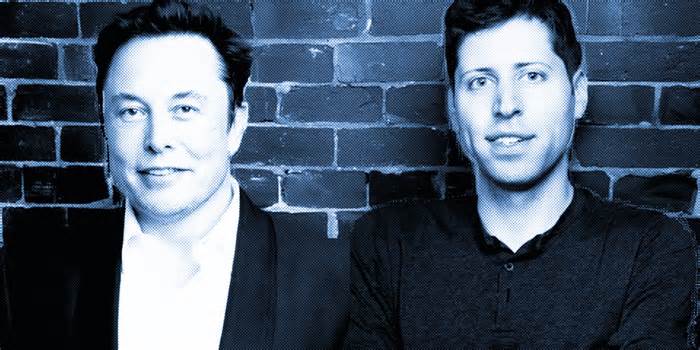
2016 Tesla Model X P90D Ludicrous First Test Review - MotorTrend
- by Motor Trend
- Apr 04, 2016
- 0 Comments
- 0 Likes Flag 0 Of 5
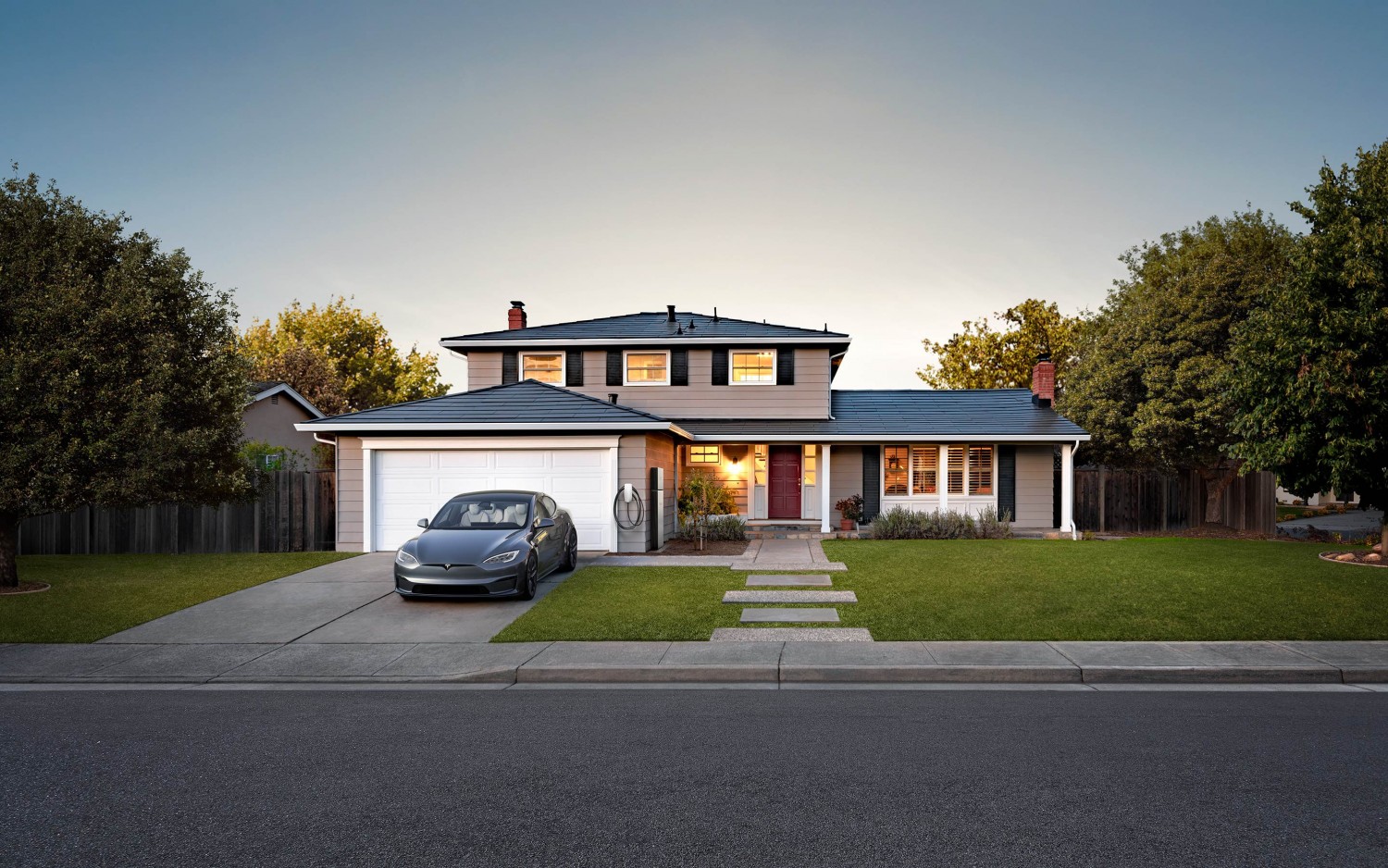
See All 48 Photos
"I've come up with a way to differentiate between a useful feature and a silly gimmick," I explained to a very uninterested Jonny Lieberman. He was convinced that the automatically opening driver's door on the Tesla Model X was a gimmick and wished to hear no defense thereof.
But I had realized something. When I stepped out of the Tesla Model X and into another car for the weekend, I found myself missing the automatic door. Sometimes when I was getting into the car but especially when I had two armfuls of stuff in tow.
That, I explained to Jonny, is the key differentiator. If you miss the new tech once you've gotten used to it, it's a useful feature. If you don't, it was just a gimmick. I'm happy to say that despite my initial skepticism about the power front doors on the Tesla Model X, I've determined they're not a gimmick.
I can't say the same about the rear falcon doors. Certainly, the sight of any top-hinged door sends electric overload to an otherwise latent pleasure center in our brains. Any car in history made with them will stop traffic when parked with its doors open—anything from a 1955 Mercedes 300SL to a 1980s DeLorean to today's Model X. No question, a crowd will form.
See All 48 Photos See All 48 Photos
The Model X seats are new, are softer and more comfortable than the sedan's, and provide ample lateral support in corners. Each of the six seats in our tester was heated, as was the steering wheel—an important feature this time of year in many locales. Not, however, in the hot sun of the Coachella Valley, where we found the air-conditioning struggled with the 90-degree heat in Range Mode (which we needed to ensure sufficient battery life during our long photo-shoot day). Tesla says it has gone to great lengths to size the climate system to work in all conditions, but the power demands of an electrically operated A/C system are huge, leaving us to question another of Tesla's big inventions, the enormous front windshield.
Claimed to be the largest piece of curved glass ever to be used in an automobile, the Model X's windshield extends roughly to the top of the front passengers' heads. This required a rethink of the sun visors (which are mounted parallel to the A-pillars and swivel out toward the rearview mirror for use) and countless hours of engineering time to get the shading right. The glass is clear until where the top of a conventional windshield would be but then gradually becomes tinted at top. For sun worshippers, this is probably wonderful, but it's certainly not going to make the Tesla's power-hungry A/C system's job any easier.
And after getting out of the X and into a regular car? We didn't miss the windshield or its expansive view out. Ergo, gimmick.
See All 48 Photos
As usual, the Tesla's dashboard is dominated by a huge center-mounted touchscreen. Traditional automakers have had years to catch up with this piece of tech and have universally failed. With instant response, thoughtful menu structures, and a highly intelligent navigation system, this is still by far the best touchscreen in the business. Our Model X had an upgraded sound system, too, and it sounded as good as the name-brand upgraded systems in many other cars. No discussion of Tesla's in-car tech is complete without mentioning Autopilot, which is a full decade ahead of most other semi-autonomous driver's aids.
If not two decades.
The Model X's second-row seats are mounted on "monoposts," single-point floor mounts that supposedly give more legroom and under-seat storage space. They do no such thing—and unfortunately, the seats neither recline nor fold forward. Instead, they can be tilted for access to the third row (which cleverly also motors the front seats forward) without removing a baby seat.
See All 48 Photos
The rearmost two seats are, as we've discovered before, actually sized for humans, and the lack of a center seat in our second row provided plenty of space to stretch out. This is especially helpful because the monoposts are located right where the third-row passengers' legs would go. Traditional seat frames would have been no less functional, forcing us to conclude that the monopost seats, like the falcon doors and panorama windshield, are more style than substance.
Speaking of style, there's little nice to say about the way the Model X looks. Its details are inoffensive—the headlights and taillights, for example—but it has the proportions of a pregnant hippo. This electric vehicle is certainly a slave to aerodynamics, and its drag coefficient is, Tesla claims, just 0.24, which is 20 percent better than the next-best SUV.
As a result of those aerodynamics, the Model X loses precious little range compared to its Model S sibling. Comparing P90D to P90D, the EPA-projected range drops by just 3 miles, from 253 miles to 250. Say what you like about its looks. That's a spectacular performance for a large SUV that seats up to seven passengers.
In fact, say what you like about Tesla's gimmicks, but the Model X, like its sedan sibling, is such a well-done piece of machinery that it makes you look at all other cars as if they've come straight out of the past. It'd be a better SUV without the falcon doors, the monopost seats, and the windshield, but as it sits now, the Model X is one hell of a people hauler.
And at 3.2 seconds to 60, its ability to haul tail is anything but a gimmick.
2016 Tesla Model X P90D (Ludicrous)
BASE PRICE
Please first to comment
Related Post
Stay Connected
Tweets by elonmuskTo get the latest tweets please make sure you are logged in on X on this browser.
Sponsored
Popular Post
Sam Altman's OpenAI Takes On Elon Musk's Grok in AI Chess Tournament Final - Who Won?
28 ViewsAug 09 ,2025






 Energy
Energy